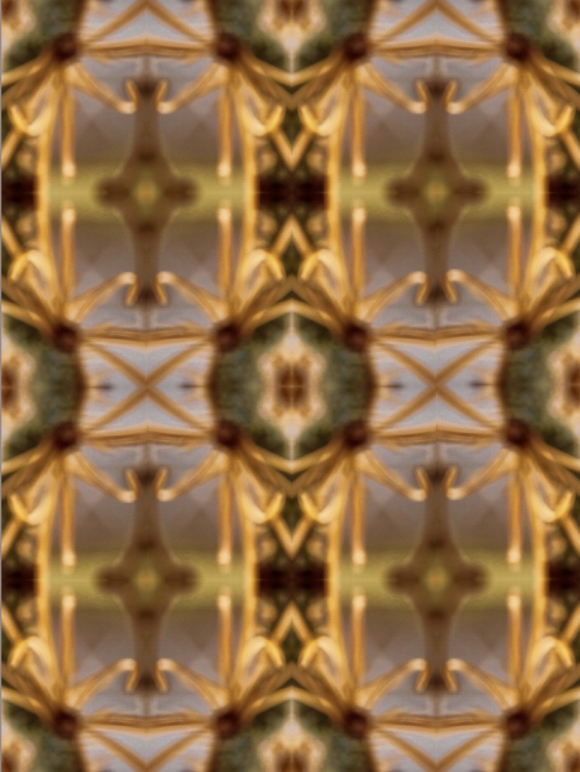
In various places, Hillman traces a development through Jung’s work away from “conceptal rationalism” towards an imagistic and metaphorical style of thinking; the former is associated with Psychological Types, the latter with Jung’s later writings on alchemy. Hillman, of course, thinks that this development is for the better.




